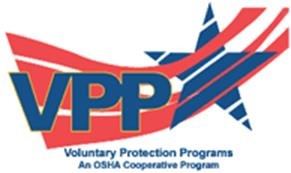
What I Learned During our VPP Audit
The word ‘audit’ sparks fear or at least gets our attention. The very definition, “an official inspection of an individual’s or organization’s accounts, typically by an independent body” causes us to reflect on our practices, review our belief systems and evaluate our commitment to a particular value or idea. An audit forces an organization to take a deep dive into what they are doing, measuring it against criteria and ideals developed by the auditing organization.
 LPR Construction has boasted the VPP designation for the last eighteen years, the longest any company has held the title in its division. Voluntary Protection Programs (VPP) is an OSHA initiative that encourages private industry and federal agencies to prevent workplace injuries and illnesses through hazard prevention and control, worksite analysis, training; and cooperation between management and workers.
LPR Construction has boasted the VPP designation for the last eighteen years, the longest any company has held the title in its division. Voluntary Protection Programs (VPP) is an OSHA initiative that encourages private industry and federal agencies to prevent workplace injuries and illnesses through hazard prevention and control, worksite analysis, training; and cooperation between management and workers.
Organizations that are recognized as VPP are audited on the following four elements:
- Management Leadership, and Employee Involvement.
- Worksite Analysis.
- Hazard Prevention and Control.
- Safety & Health Training.
Statistical evidence for VPP’s success is impressive. The average VPP worksite has a Days Away Restricted or Transferred (DART) case rate of 52% below the average for its industry(1). These sites often do not start with exceptionally low rates. Reductions in injuries and illnesses begin when the site commits to the VPP approach to safety and health management and the challenging VPP application process. Participating in VPP benefits employers as we know fewer injuries and illnesses mean greater profits as workers’ compensation premiums and other costs plummet. Entire industries benefit as VPP sites evolve into models of excellence and influence practices industry-wide.
The VPP logo hangs in the offices of LPR and is displayed on the outside of mobile trailers used for training. Even with its long VPP tenure, practices that have been implemented and credited to participating with VPP can be easily identified and articulated. The programs developed are part of the culture and LPR’s first core value ‘Commited to Safety’ further demonstrates LPR’s commitment to ensuring everyone goes home in the same shape they showed up to work in.
I learned of the VPP audit several weeks ago. As Director of People Development, our training team already collaborates closely with Safety Leadership. However, preparing for the VPP audit caused us to not only collaborate but evaluate our current practices. Meeting in preparation for the audit, LPR’s People Services Team (Recruiting, HR, Training and Safety directed by LPR’s CPO (Chief People Officer), spent valuable time talking about our safety training, the quality of our safety personnel, how we are currently impactful on site safety culture and the process facilitated a deep discussion on who is ultimately responsible for safety at LPR. Agreeing that we are all responsible is why LPR integrates safety into all areas of the organization. It is not only part of our culture, it represents an element our core. We talk it, we walk it and we expect it.
What did I learn during our VPP audit?
- The depth of LPR’s commitment to being a safe organization, beginning with the CEO and President, the executive management team and reaching all the way to the foremen and craft employees.
- The depth of pride we have in our safety culture, the VPP designation and the measurable results of being a safe organization.
- Safety goes way beyond making sure that we avoid falls and recognize hazards before they happen. Although physical safety is paramount, there is also a strong focus on providing a safe emotional environment for our employees. Exceptional health benefits that we can count on, short and long term disability, a strong and highly utilized Employee Assistance Program and a commitment to send our site based employees home to their families for extended weekends are integral components of our program.
- We all know and can talk safety. Preparation for the audit was easy and LPR employee were candid and able to talk to our safety practices.
- The VPP Audit Team wants us to be successful. Although challenging and communicating high expectations, they are here to review our best practices and provide valuable feedback on where we are strong and where we need to think about further development.
- The auditing process was a learning activity. During the presentations and individual interviews, the rich discussion allowed us to reflect on where our practices were exceptionally strong and where we can improve.
- A commitment and vision for safety at the corporate level means nothing if practices aren’t applied and valued at the site level. Although we know that intuitively, the audit required us to evaluate how we message and communicate our practices and expectations.
- An even clearer understanding of my role as part of our commitment to safety. Developing our employees as skilled craft workers, ensuring they are engaged in their work and LPR as a company, and focusing on developing leaders across the organization is fundamental to a great safety culture.
I encourage any OSHA affiliated company or organization to engage in the application process for VPP. The benefits of partnering with VPP in fully implementing best practices and being accountable for them have been numerous for LPR, including being able to display the VPP logo, establishing us as a safety leader to our current and potential customers. There is nothing more important than safety, and unfortunately often we don’t realize that until we have an accident or fatality. I am going to promote that all accidents are avoidable, and I feel fully equipped and supported to support that at LPR.

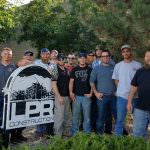

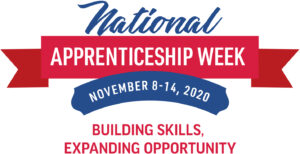
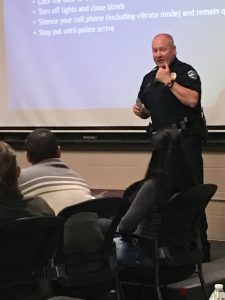
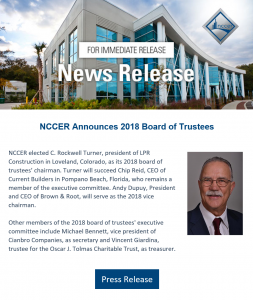
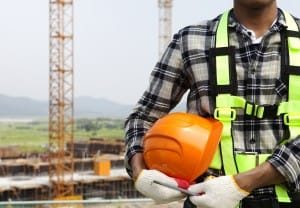
No comment yet, add your voice below!